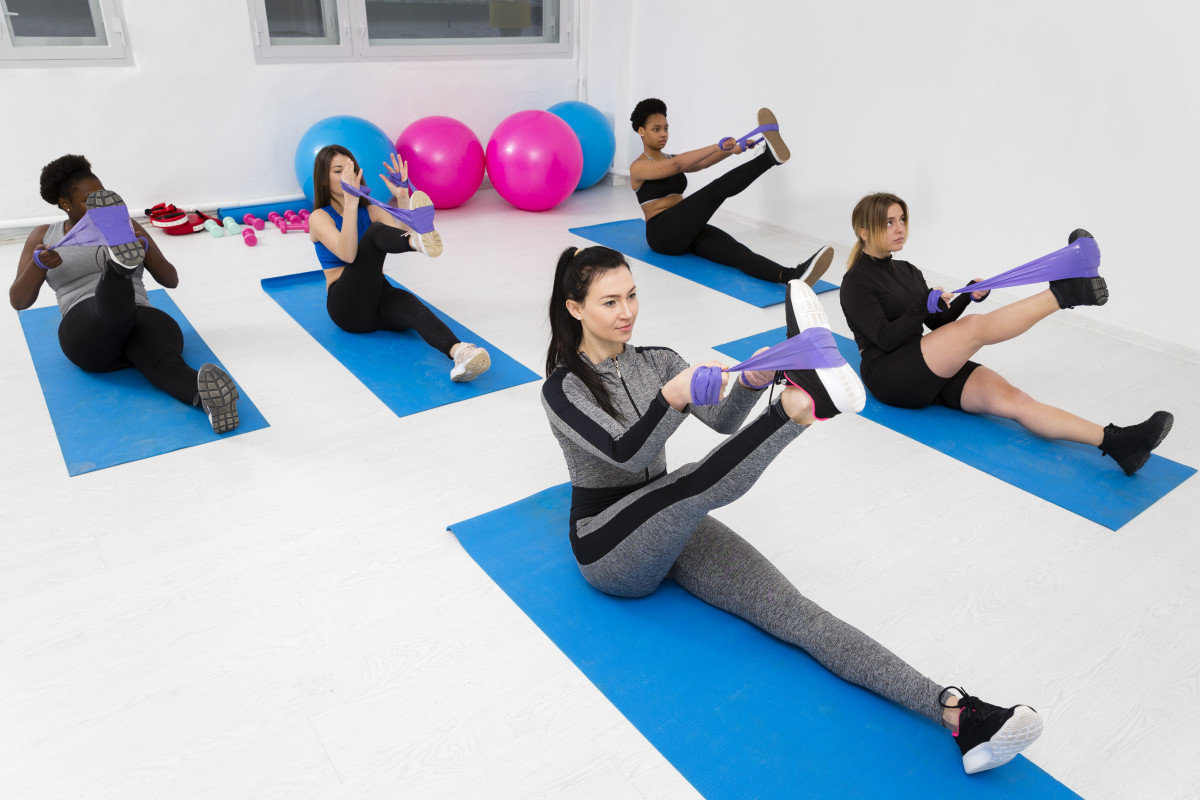Athletes of all levels, from weekend warriors to professional competitors, are constantly seeking ways to improve their performance and prevent injuries. Pilates, a versatile exercise method that focuses on core strength, flexibility, and body awareness, has gained recognition as a valuable tool for athletes to enhance their athletic abilities, reduce the risk of injuries, and maintain overall fitness. In this comprehensive guide, we’ll delve into how Pilates can benefit athletes of all disciplines, providing a competitive edge and promoting longevity in their chosen sports.
Why Athletes Should Consider Pilates
Pilates offers several advantages that are particularly valuable for athletes, no matter the sport they engage in:
1. Core Strength and Stability
A strong core is the foundation of athletic performance. Pilates places a significant emphasis on strengthening the core muscles, which contributes to improved stability, balance, and power.
2. Enhanced Flexibility and Range of Motion
Pilates exercises promote flexibility and improved range of motion. This is essential for athletes to achieve their full potential, prevent muscle imbalances, and reduce the risk of injuries.
3. Full-Body Conditioning
Pilates is a full-body workout that engages multiple muscle groups simultaneously. This results in improved strength, better endurance, and an overall boost in athletic performance.
4. Injury Prevention
Athletes often face the risk of overuse injuries, strains, and sprains. Pilates, with its focus on proper alignment and controlled movements, helps reduce the risk of these injuries.
5. Mental Clarity and Focus
Pilates encourages mental focus and body awareness. This helps athletes stay present and perform at their best during competitions.
6. Cross-Training Benefits
Pilates can complement an athlete’s existing training regimen. It offers a change of pace, which can be particularly beneficial for avoiding plateaus and preventing burnout.
Pilates for Different Types of Athletes
Pilates can be adapted to cater to the unique needs of athletes from various disciplines. Here’s how it benefits different types of athletes:
1. Runners
Runners can benefit significantly from Pilates, as it enhances core strength and flexibility, reducing the risk of injuries such as shin splints or IT band syndrome. It also improves running efficiency and posture, leading to faster times.
2. Cyclists
Cyclists can use Pilates to strengthen the muscles used in pedaling, improve posture on the bike, and reduce the risk of overuse injuries in the knees, hips, and lower back. Pilates also aids in preventing muscle imbalances.
3. Swimmers
Swimmers can improve their flexibility and shoulder stability through Pilates. The controlled breathing in Pilates can also help with breath control during swimming, leading to better endurance and efficiency in the water.
4. Tennis and Golf Players
Tennis and golf players can enhance their core strength and rotational flexibility through Pilates. This helps improve their swing power and accuracy, as well as prevent lower back pain.
5. Team Sports Athletes
Team sports athletes, such as soccer and basketball players, can benefit from Pilates by developing better agility, balance, and coordination. These attributes contribute to improved on-field performance and a reduced risk of injuries.
Safety Considerations for Athletes Doing Pilates
While Pilates is a safe exercise method, it’s essential for athletes to consider the following:
1. Consult with a Certified Instructor
Work with a certified Pilates instructor who has experience in training athletes. They can tailor exercises to meet the specific needs and goals of each athlete.
2. Set Clear Goals
Discuss your athletic goals with your instructor so that they can design a Pilates program that complements your training regimen and targets your specific needs.
3. Listen to Your Body
Pay attention to how your body responds during Pilates sessions. If you experience pain or discomfort, stop the exercise and consult with your instructor.
4. Cross-Training
Pilates should be considered a form of cross-training. It should complement, not replace, your regular sport-specific training.
5. Consistency is Key
Consistent practice is necessary to experience the full benefits of Pilates. Regular sessions are more effective than sporadic ones.
Sample Pilates Exercises for Athletes
Here are some Pilates exercises suitable for athletes. Always consult with a certified instructor before attempting these exercises:
1. The Hundred
- Lie on your back with your knees bent and feet flat on the floor.
- Inhale and lift your head, neck, and shoulders off the mat while extending your legs to a 45-degree angle.
- Begin pumping your arms up and down while breathing in for five counts and out for five counts.
2. The Roll-Up
- Sit with your legs extended in front of you and your arms reaching overhead.
- Inhale as you roll your spine down onto the mat, one vertebra at a time.
- Exhale and lift your head and shoulders off the mat, reaching for your toes.
3. The Saw
- Sit with your legs extended and apart.
- Inhale and twist your torso to one
Discover more from Pilates All Ages
Subscribe to get the latest posts sent to your email.
